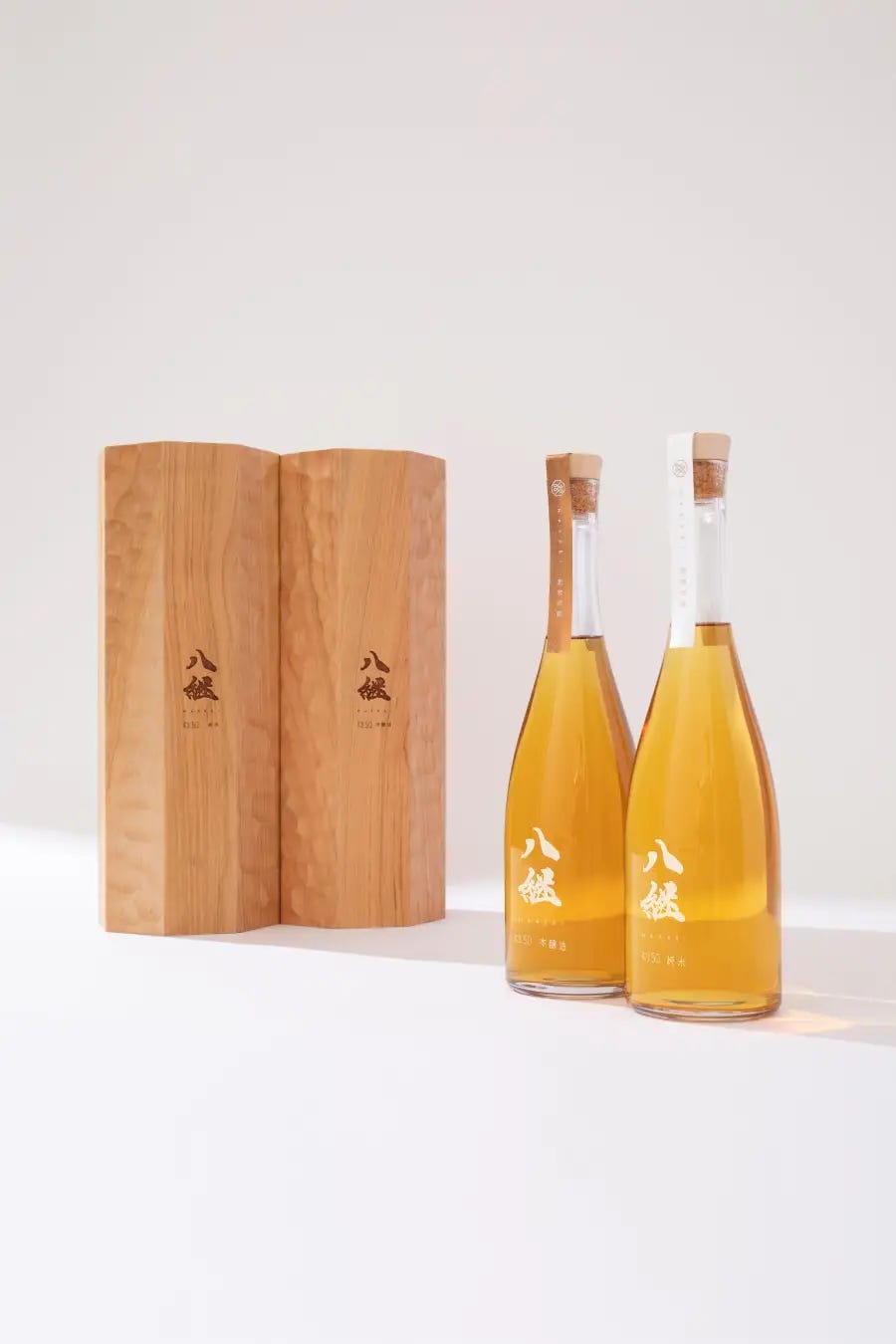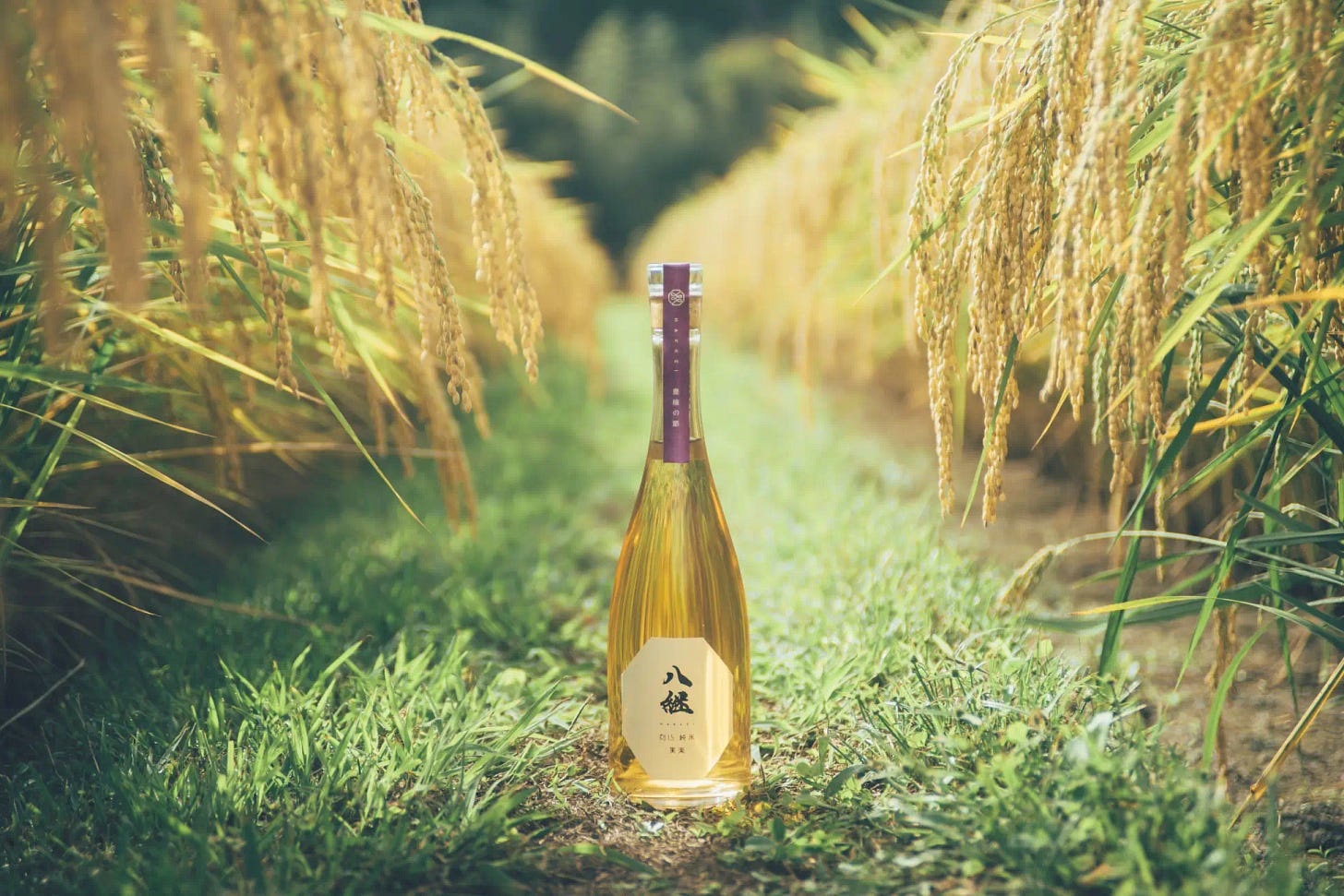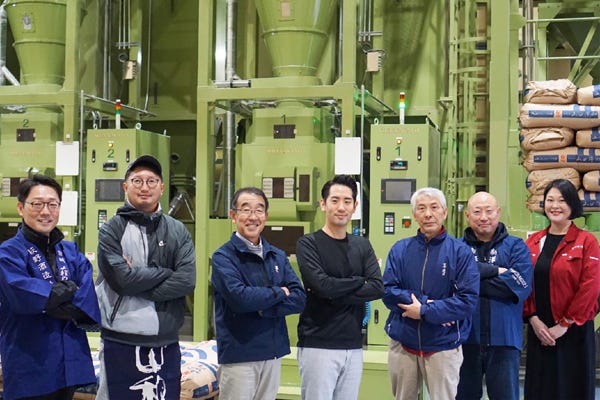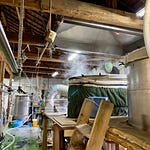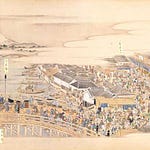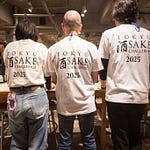Welcome to Issue #116 of SIN.
The rainy season might be just about over, but summer is just starting so it’s time to crank the air conditioning and bust out the aloha shirts. As it's the time of year when most breweries have packed away the tools for a few months, it’s also the perfect time of the year for tasting events - and there’s been plenty of those!
Meeting brewers and getting to talk about their sake and the stories behind them is one of the most rewarding parts of the job. Glassware, pottery vessels, mood, and food pairings can all enhance the enjoyment and flavor of sake, but the one thing that can really elevate the appreciation of sake is knowing the story, philosophy and thought process behind each sake. And the sake industry is not short on stories.
And now for the news…
IWC Results
London- The judges’ award for Champion Sake at the 18th (sake) IWC Awards was announced on July 10.
This year 1504 submissions were considered in ten categories: futsūshu, junmai, junmai ginjō, junmai daiginjō, honjōzō, ginjō, daiginjō, sparkling, koshu, and aged sake.
Gold medals went to 93 recipients with 601 medals being awarded overall. A full list of winners can be found here in English.
This year’s Champion Sake went to Miyako Bijin Taiyō (Miyako Bijin Shuzō, Hyogo).
Other judges’ awards went to:
Great Value Champion Sake: Fudō Keikai Karakuchi (Nabedana, Chiba)
Sake Brewery Of The Year: Niizawa Jōzōten (Miyagi)
Region Of The Year: Yamagata, Miyagi, Nagano, Niigata, Hyogo
JG: I was fortunate enough to have been a judge at IWC, and it is increasingly well run and increasingly significant. It is interesting too to see many different brewers come out on top - it is not the same old brands. Yet, one or two have won top honors multiple times, and that to me is extremely significant. The Champion Sake, Miyako Bijin, is special as it is on Awaji Island, just off the coast from Nada in Kobe, and was formed right after the war by ten local companies that combined into one.
Sawanotsuru’s Sake Is For The Birds
Hyogo- Nada brewery, Sawanotsuru is adding to its portfolio of aged sake with two new (old?) sake under its Hakkei label.
The first addition to the line and sporting a price tag of JPY33,000 (USD207) is 15-year aged Hakkei Toki Jitsuraku kimoto, aged in temperature-controlled conditions within the brewery. The second addition is Hakkei Toki 17 Denshō, a daiginjō aged at 10 degrees Celsius for 17 years which will retail for JPY77,000 (USD484).
The labels for the sake were designed by painter Munenori Okada, an artist known for depictions of endangered animals. The labels are adorned with pictures of Japanese pheasants, which have come close to extinction. A portion of the sales of the sake will be donated to the Yamashina Bird Research Institute to help protect the environment and the pheasant’s habitat.
The two additions will join the Hakkei range alongside a 50-year old junmai and honjōzō, both of which were brewed during the peak of national sake production in 1973 and released in 2023, priced at JPY275K (USD1728).
Source - PR Times
JG: I like that Sawanotsuru has a range, a whole lineup, of the Hakkei Series, including various grades and ages. Such a prominent brewer with such a well-organized veritable lineup of aged sake will help draw attention to sake’s potential.
沢の鶴酒造 八継 , 八継 刻50 純米 , 八継 刻50 本醸造 , 八継 刻15 実楽 , 八継 刻17 伝承
Save The Date!
Miyagi- Sake supergroup, Date Seven released “Episode 3 of Season 2” of its collaborative project on June 17.
Date Seven is made up of seven brewers from Miyagi Prefecture (Katsuyama Shuzō, Saura, Suminoe Shuzōten, Niizawa Jōzōten, Yamawa Shuzō, Hagino Shuzō, and Kawakei Shōten) that have been collaborating for ten years to create sake that highlights the quality of Miyagi rice, water and brewing techniques. For each project, responsibilities for the brewing process are divided with each brewer commanding one step of the process. This year the project was headed by two leaders, Katsuyama Shuzō and Suminoe Shuzō with each brewery developing its own style of sake using the same Yamada Nishiki milled to 45%. The washing and soaking of the rice was undertaken by Hagino Shōten, Yamawa Shuzoten took care of the starter mash (shubo), kōji production was led by Kawakei Shōten, Saura handled the moromi, and pressing was done at Niizawa Jōzōten.
The two bottles were labeled Orihime and Hikoboshi; names taken from a traditional tale of star-crossed lovers. Orihime has been described as a gentle style of sake while Hikoboshi has a sharper acidic profile.
Listen to this episode with a 7-day free trial
Subscribe to Sake Industry News to listen to this post and get 7 days of free access to the full post archives.




